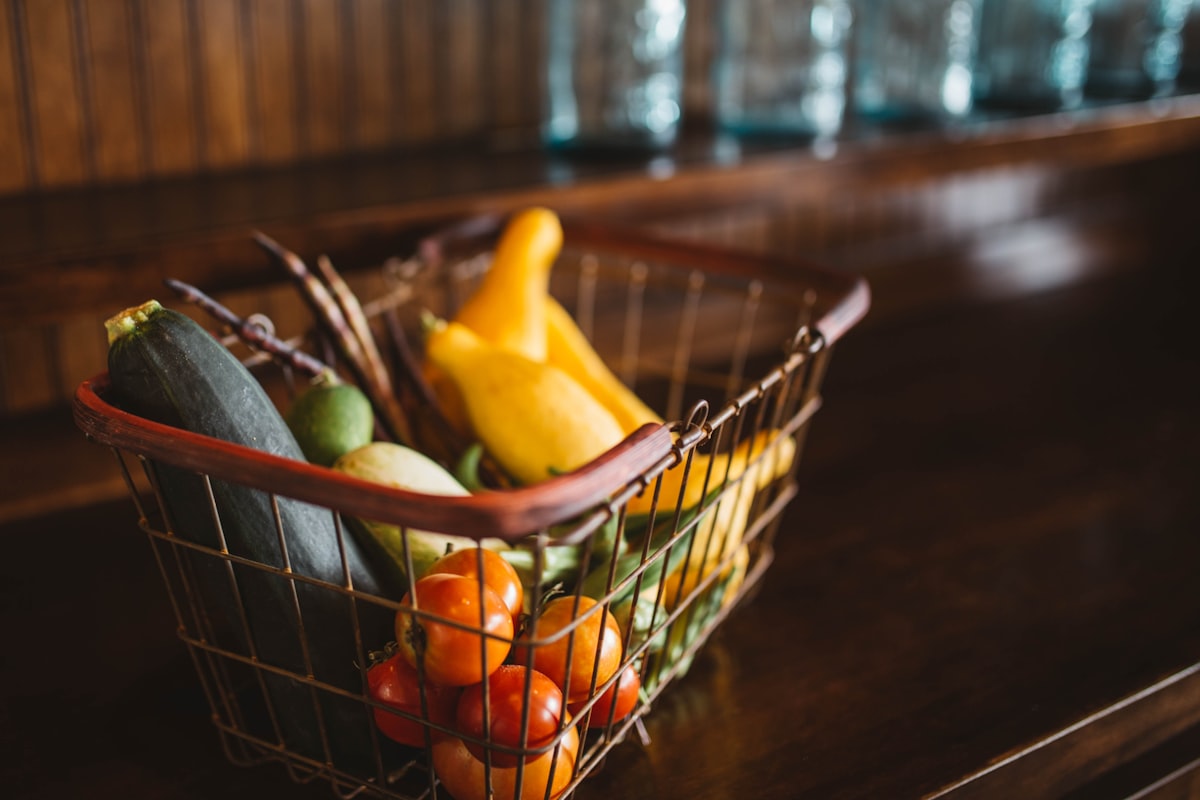Amazon Whole Food: it's not about the store dummy

Only a few weeks ago closed most of its physical store's tryouts, but for Amazon Fresh and Whole Food. At the time, we discussed both the scale at which Amazon operates and their lust for automation.
Right on cue, Amazon is pushing for full-on automated Whole Food stores, the first of one being opened in Washington DC and soon Los Angeles. For Amazon, the question is always the same: how much can we make physical retail work as online retail? It's a genuinely fascinating question. How to make an in-store customer's journey as smooth and cost-efficient as an online store experience?

When the supermarket store design was created in the thirties, retail giants were exploring the same ideas in a different context. The answer was centralizing all types of goods under a giant roof, using a caddy so that customers could cruise the alleys in a specific order and stock for the week. All this was made possible because of underlying technologies newly accessible to everyone, from cheap individual cars to refrigerators and freezers, not to forget TV as a key sales driver. But it was also a story of streamlining purchasing on the store side, creating a better leverage effect to negotiate with suppliers, and outsourcing critical costs.
Fast-forward to now, and we have somehow the same push to reinvent the store. And one of the silent revolutions at play is payment not with a card or even a mobile phone but directly with your palm.
This use of personal biometric information at scale would be a seismic land grab to verticalize within the Amazon ecosystem the payment stack, removing banks, mobile OS platforms, and any other intermediary from the equation.
And let's also remember that on this matter, we are never far from Alibaba's playbook.




